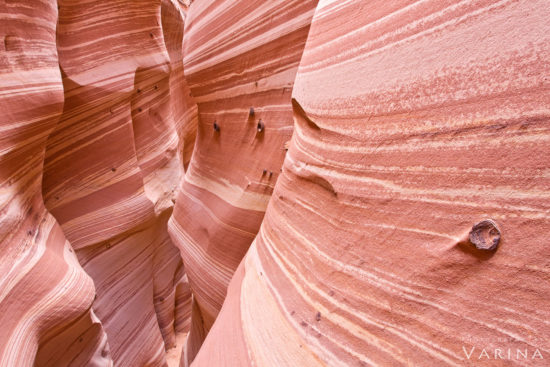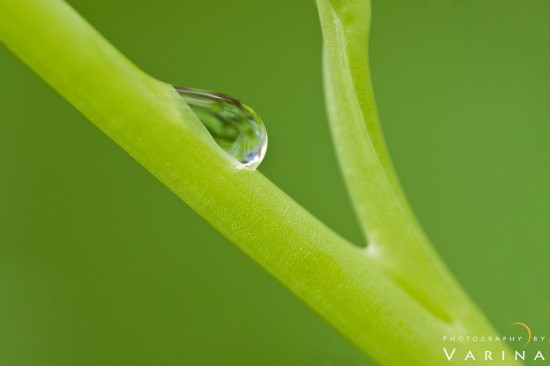What are Monochromatic Photos?
Most of us think of black and white images when we hear the word monochrome. We can also use this word to describe an image with varying tones, shades, and tints of a single base hue. Monochromatic photos are often subtle – but not always. Take a look at this shot from Everglades National Park in Florida.
This is certainly a monochromatic image – it uses shades of just one color. The golden tones convey a sense of warmth. The simple color scheme is striking and unusual and the intensity of light adds a dramatic touch.
Here’s another example of a monochromatic color scheme. This shot of Pine Glades Lake (also in the Everglades) presents the view in shades of blue. The result is a moody image… cool and stormy skies over a deep, clear lake.
Monochromatic color schemes encourage the viewer to notice details and textures in the image rather than contrast. To create successful monochromatic images, you must ensure that your photos have smooth tones and lots of details. Here are few tips to capture stunning monochromatic colors.
Even Lighting Conditions
You can easily come away with a monochromatic photo in nature when you combine even lighting conditions with unique geology. Here is an example where I used geology and even lighting conditions to produce a monochromatic photo. I took this shot with a wide angle lens when the entire scene was in shade.
Simplify Your Composition
When you are faced with uneven lighting conditions, you can create a monochromatic landscape photo by simplifying your composition with a long zoom lens or a macro lens. The above shots from the Florida Everglades was captured with a 135mm lens mounted on a crop body. The following shots are some examples of monochromatic photos taken with a macro lens.
Timing
Timing can be an highly effective tool in creating monochromatic images. Time of day, time of year, and seasonal change can all present landscape photographers with opportunity to capture some stunning monochromatic images. The blue hour image from Florida above is a perfect example of how timing and weather were used to capture a monochromatic landscape photo. Here is another example where timing played a critical role in creating a monochromatic color scheme throughout the photo.
Reflections
Under the right conditions, reflections can be highly effective to create a monochromatic landscape photo. Reflections can occur on bodies of water as well as wet surfaces. Here are some examples where I used reflections to capture monochromatic images with my wide angle lens.
Terrain
You can easily create a monochromatic photo when terrain you are photographing presents you with an even color pallet. Here are couple of examples of photos in nature that produce monochromatic images under even lighting conditions.
Because monochromatic photos rely on textures and details to create impact, it is important to be able to capture all the colors and details in camera and then use post-processing technique to bring out these textures and details.
Monochromatic colors can also help to set a mood. Greens are fresh and vibrant. Yellows seem warm and inviting. Blues are cool and moody. Use these colors to convey strong feelings and emotion! Feel free to share you own monochromatic colors images in the comments below.
Visual Wilderness https://ift.tt/2wqw5Id
Sourced by Time Trap Photography sharing the best photography tips, news and tricks throughout the industry. Time Trap Photography is dedicated to freezing those special moments in life that can be revisited and admired for generations to come. - Shannon Bourque
Please visit our main site for booking availability and rates.

Receive valuable industry knowledge delivered free to your email each day.
















No comments:
Post a Comment
Thank you so much for your comment. A moderator will review and approve all relevant posts. We appreciate your support and encourage you to stay with us by subscribing to our email updates. Where you can easily pick and choose what photography subjects interests you. Subscription link: http://bit.ly/photo-sub